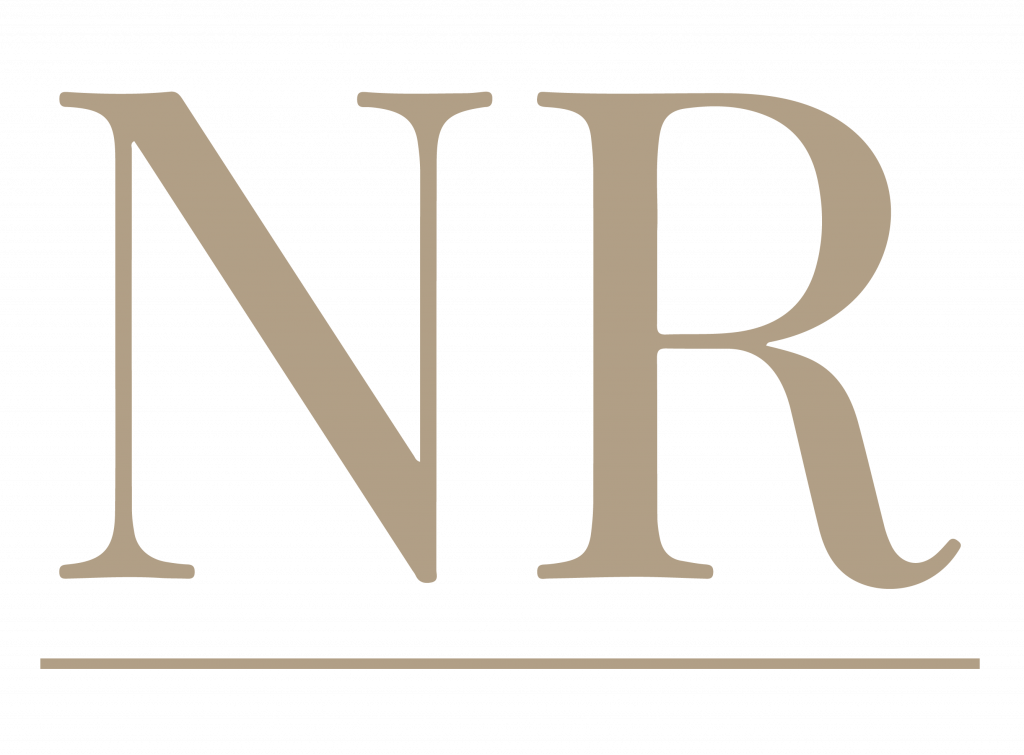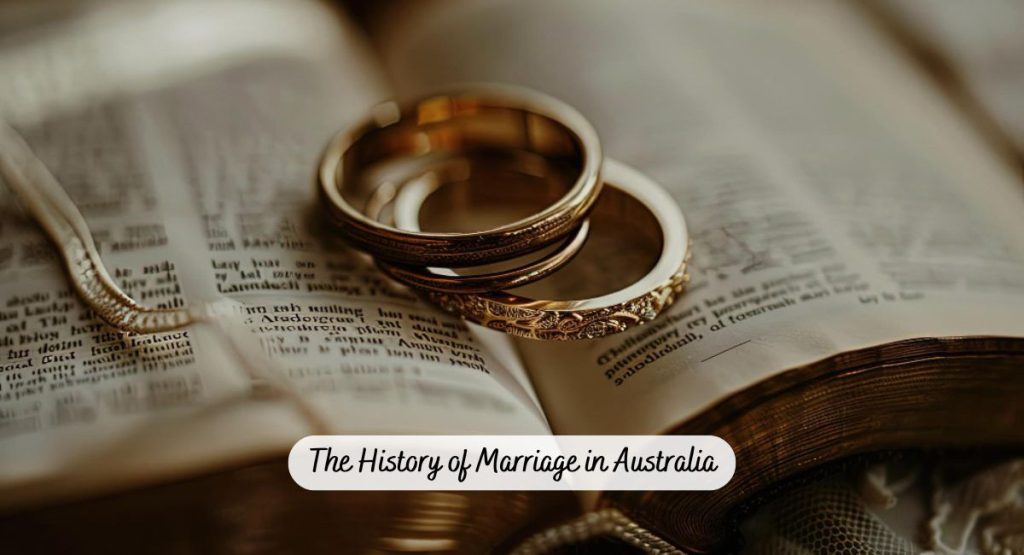Marriage has played a significant role in Australian society, evolving through various cultural, legal, and social changes over the centuries. From Indigenous practices to contemporary legislation, the history of marriage in Australia reflects broader shifts in values, norms, and demographics.
Indigenous Marriage Practices
Before European settlement, Indigenous Australians had diverse systems of kinship and marriage that varied between different communities. Marriage was often viewed not just as a union between individuals but as an alliance between families or clans. Practices included arranged marriages and ceremonial unions, often accompanied by significant cultural rituals that reinforced social bonds and responsibilities.
Each community had its own customs regarding marriage, which often included complex systems of kinship that dictated permissible relationships. Marriage was integral to maintaining social order, sharing resources, and ensuring the continuation of cultural practices.
European Settlement and Colonial Era
With the arrival of the First Fleet in 1788, European settlers brought with them their own cultural norms regarding marriage, primarily influenced by British customs. The early colonial period saw marriage as a means of stabilizing society and establishing familial units within the new colony. In this context, marriage was predominantly a religious institution, governed by Christian principles, particularly those of the Church of England.
Legal Framework
Initially, there was no formal legal framework for marriage in the new colony. In 1825, the British Parliament passed the New South Wales Act, which allowed for civil marriages, but the majority of unions continued to be conducted by the Church. This duality set the stage for ongoing debates about the nature of marriage in Australia.
The Role of Women
During the colonial era, women had limited rights within marriage. The legal doctrine of coverture meant that a married woman’s legal identity was subsumed under her husband’s. This placed women in a subordinate position, affecting property rights and autonomy. The push for women’s rights began to gain momentum in the late 19th century, setting the stage for significant changes in the legal landscape surrounding marriage.
The 20th Century: Changing Norms and Legal Reforms
Post-War Era
The aftermath of World War II brought profound changes to Australian society, including shifts in attitudes toward marriage. The 1950s and 1960s saw an increase in the nuclear family model, with marriage often idealized as a pathway to stability and success. However, the period also laid the groundwork for emerging social movements that challenged traditional norms.
The Rise of Divorce
The introduction of the Divorce Act in 1959 marked a pivotal moment in Australian marriage history. This legislation made divorce more accessible, reflecting changing attitudes towards marriage and the recognition that not all unions were successful or sustainable. The societal stigma surrounding divorce began to diminish, leading to rising divorce rates in the following decades.
The Women’s Movement
The feminist movements of the 1960s and 1970s further transformed marriage dynamics in Australia. Women began advocating for equal rights, including in marriage. The push for greater legal recognition of women’s rights within marriage led to reforms in property rights, spousal support, and domestic violence protections.
The Late 20th and Early 21st Century: Marriage Equality
The Push for Recognition
As societal attitudes evolved, so did the understanding of marriage. By the late 20th century, the debate over marriage equality emerged, focusing on the rights of same-sex couples to marry. Advocacy from LGBTQ+ communities intensified throughout the 1990s and 2000s, calling for legal recognition and equality.
Legislative Change
In 2017, after years of advocacy and public debate, the Australian Parliament passed the Marriage Amendment (Definition and Religious Freedoms) Act, legalizing same-sex marriage. This landmark decision represented a significant step toward equality and marked a transformative moment in the history of marriage in Australia.
Contemporary Marriage in Australia
Diverse Family Structures
Today, marriage in Australia is more diverse than ever. The legal recognition of same-sex marriage has paved the way for greater acceptance of various family structures. Additionally, there is a growing acknowledgment of non-traditional relationships, including de facto partnerships and cohabitation, which challenge the conventional notion of marriage.
Cultural Influences
Australia’s multicultural society has also influenced marriage practices. Many communities celebrate unique traditions and customs that enrich the tapestry of Australian marriage. Cross-cultural marriages are increasingly common, leading to blended practices that reflect the diverse backgrounds of couples.
Future Trends
Looking ahead, the future of marriage in Australia is likely to continue evolving. Discussions surrounding marriage rights, family structures, and the role of marriage in society will shape the ongoing narrative. Topics such as the impact of technology on relationships and the changing definitions of family will be at the forefront of future debates.
Conclusion
The history of marriage in Australia is a reflection of the broader changes within society. From Indigenous traditions to modern-day practices, marriage has adapted to meet the needs and values of its people. As Australia continues to grapple with issues of equality, identity, and culture, the evolution of marriage will undoubtedly remain a vital aspect of its ongoing story.
Contact Nik Reeds, your marriage celebrant.



